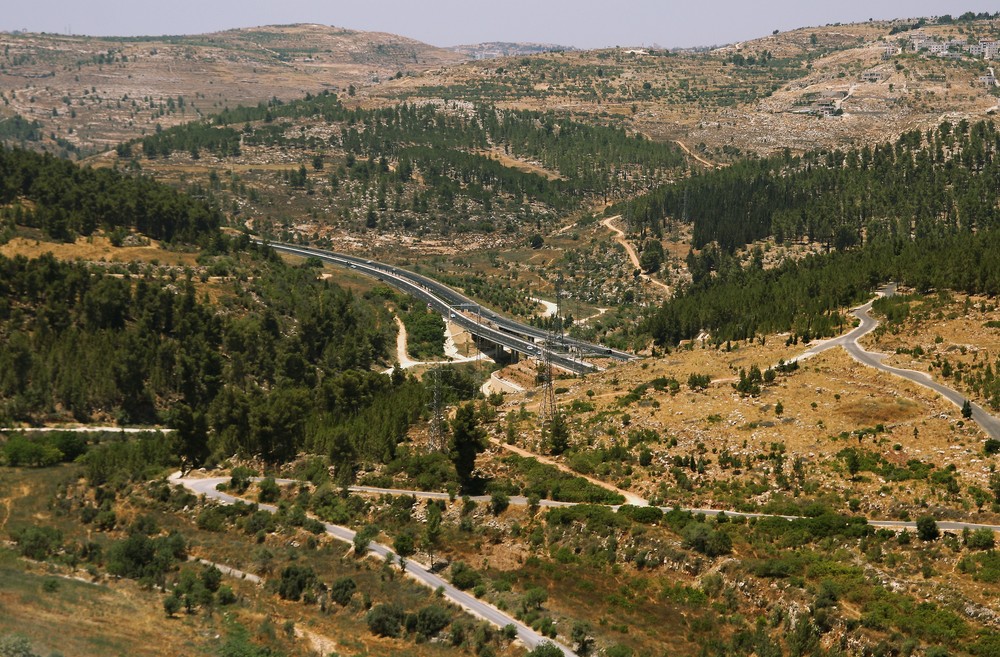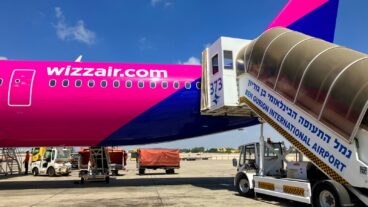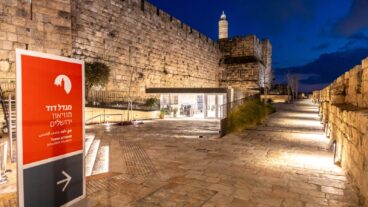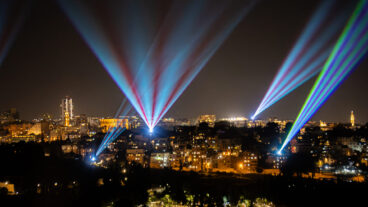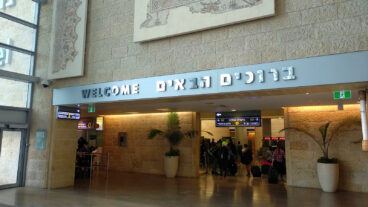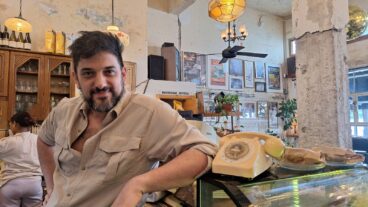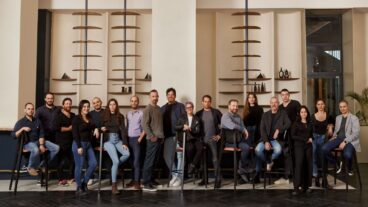It takes about an hour to drive the 66 kilometers (41 miles) northwest from Jerusalem to Tel Aviv along Highway 1. But if you have the time, you can turn this trip into a fabulous day out by stopping along the way to explore some highlights of Israeli nature, history, culture and religious significance. There’s everything from the Elvis Inn to the Armored Corps Museum.
Here is ISRAEL21c’s suggested road-trip itinerary for the Jerusalem-Tel Aviv route (with help from tour guide Avi Baldasare). To see our Tel Aviv-Haifa road trip, click here.
JERUSALEM->CASTEL NATIONAL PARK, 11.7 KM
Castel is one of several strategic hills along Highway 1 where you will find ruins of Crusader fortresses. Located in Mevasseret Zion, Castel gained modern significance during Israel’s War of Independence as the site of a pivotal night battle to open the supply road to besieged Jerusalem. The park contains a war memorial, picnic facilities and campgrounds as well as remains of the ancient structures. There is a small entrance fee and it is not wheelchair-accessible.
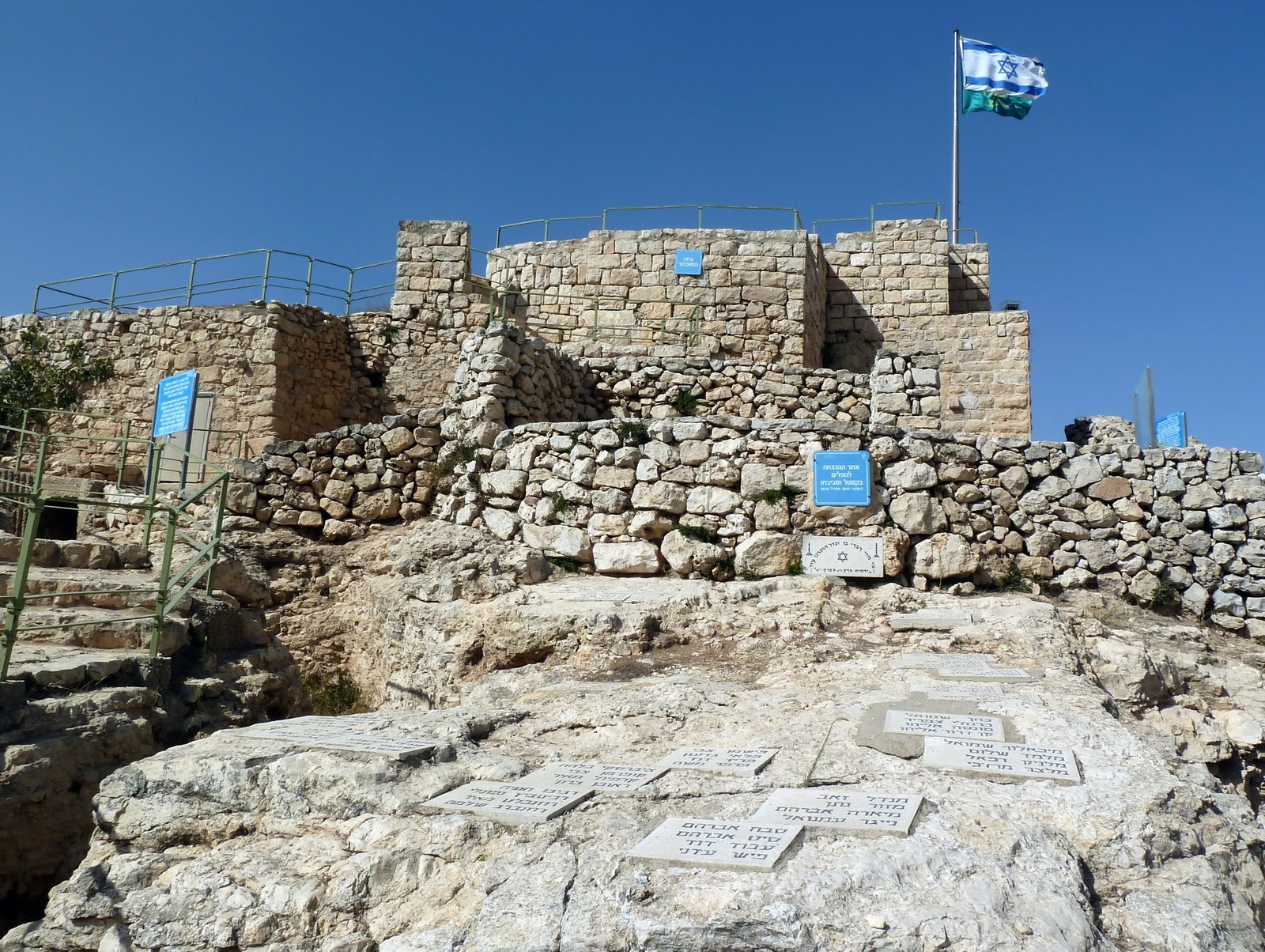
CASTEL NATIONAL PARK->EIN HEMED (AQUA BELLA) NATIONAL PARK, 4.2 KM
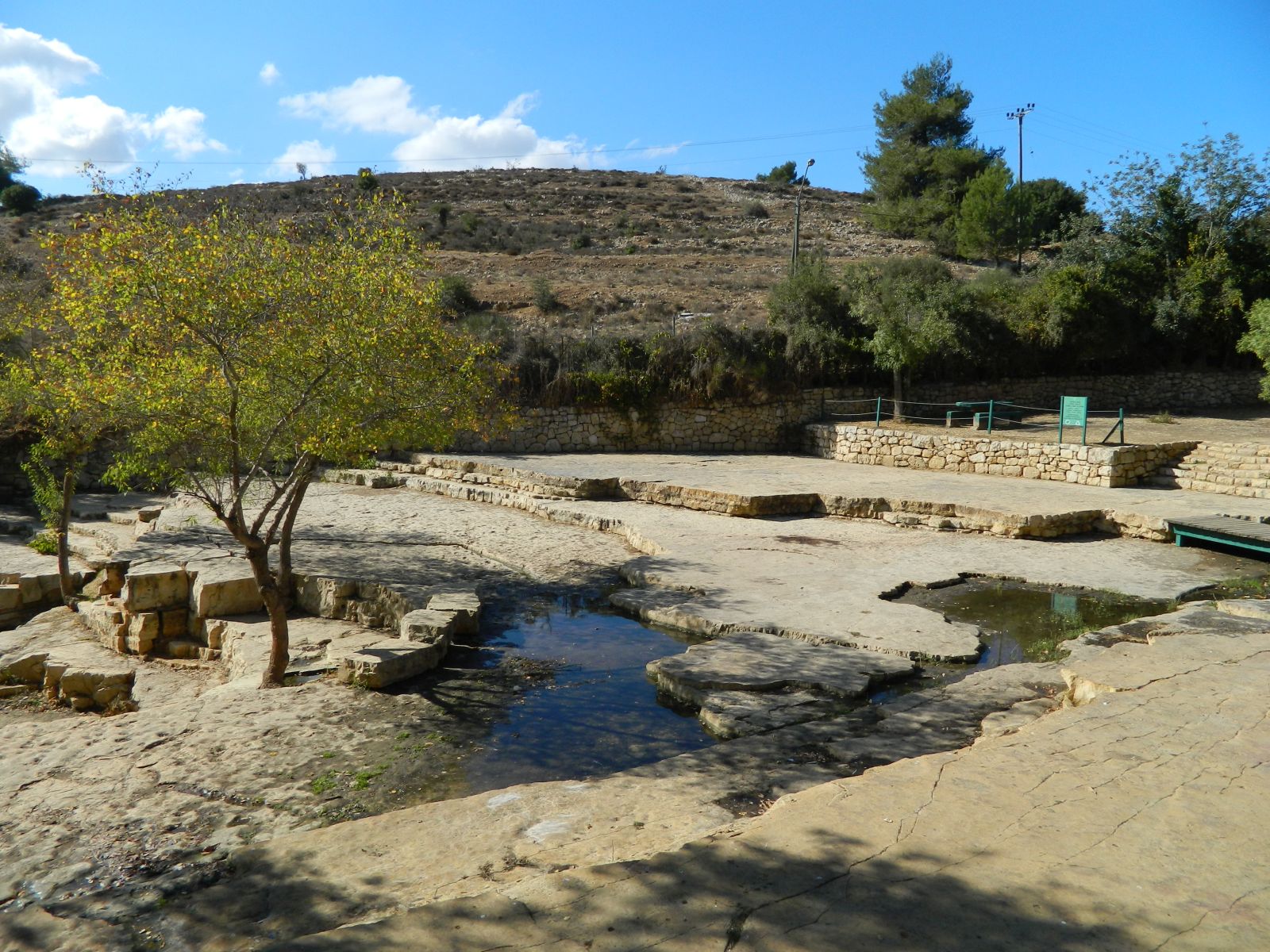
The beautifully landscaped and wheelchair-accessible Ein Hemed National Park boasts play and picnic areas and a tributary of the Kesalon Stream. See a Crusader fortress and admire the wildflowers (especially buttercups) in February and March.
EIN HEMED NATIONAL PARK->ABU GHOSH, 2.4 KM
First settled some 6,000 years ago, today this Christian Arab village (also spelled “Abu Gosh”) is famous for its old churches, twice-yearly music festival and some of the best hummus in the Middle East.
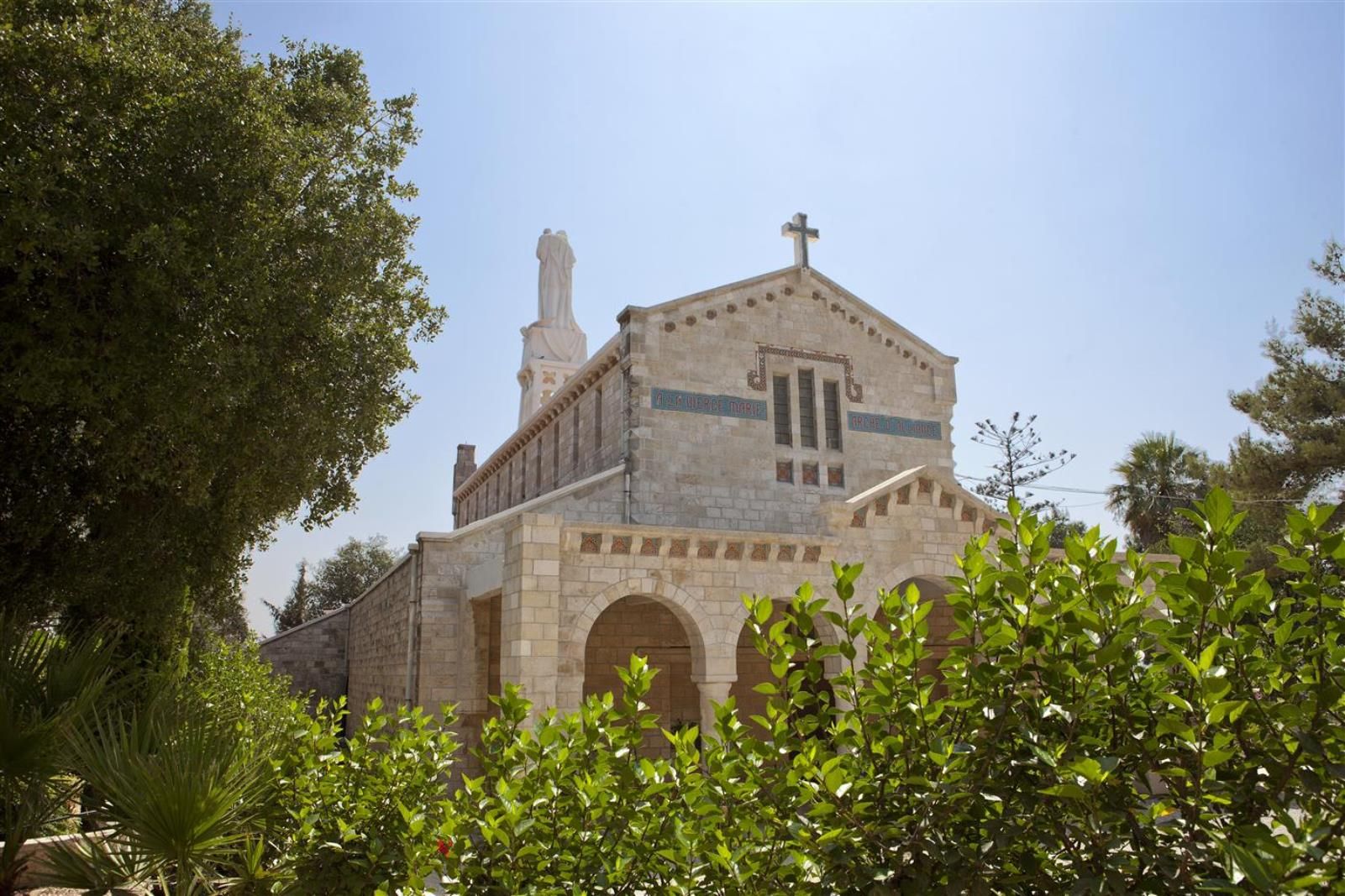
The area has much religious significance. It is in the vicinity of Kiryat Ye’arim, where the Ark of the Covenant was secreted before King David brought it to Jerusalem; and it is traditionally identified as Emmaus, where Jesus is said to have revealed himself after the resurrection. During the Jewish holidays of Shavuot in the spring and Sukkot in the fall, a vocal music festival is hosted here by the Church of Notre Dame de l’Arche d’Alliance (Our Lady of the Ark of the Covenant) and the 12th century Crusader-built Benedictine Monastery.
Every weekend, crowds flock to Abu Ghosh to feast on hummus at eateries such as Abu Shukri and Abu Ghosh Restaurant.
ABU GHOSH->ELVIS INN, NEVE ILAN, 2 KM
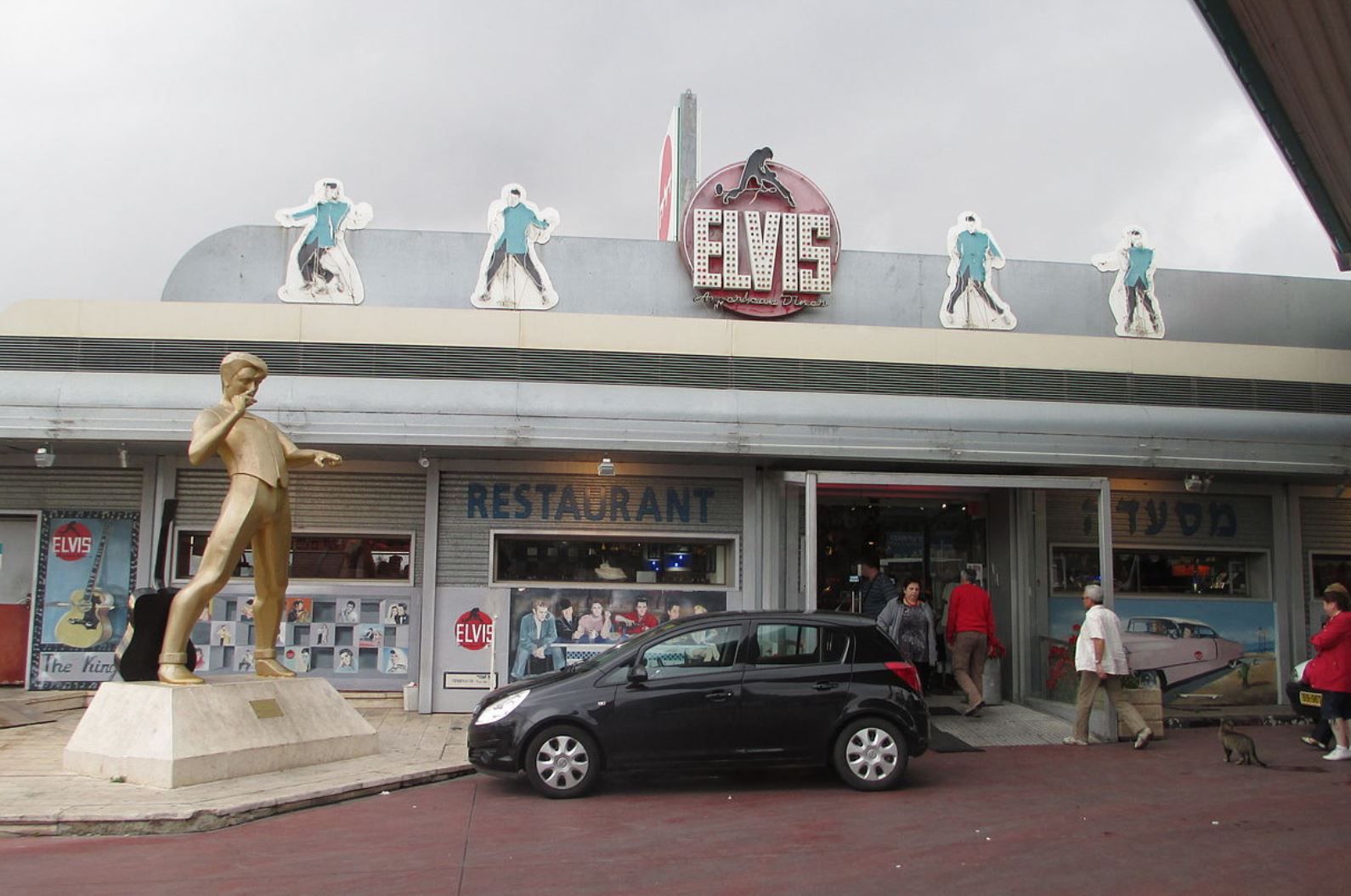
No, you’re not in Memphis. You’re in Neve Ilan, less than 20 kilometers from Jerusalem, where Elvis collector Uri Yoeli built a shrine to The King of Rock alongside his truck-stop restaurant. The huge Elvis statue is visible from the highway, but if you stop inside you can peruse the 728-piece memorabilia collection. Every January 8 and August 16, Elvis fans and impersonators across Israel gather at the Elvis Inn to mark, respectively, the King’s birth and death.
NEVE ILAN->YITZHAK RABIN PARK/SHA’AR HAGAI LOOKOUT, 8.9 KM
Sha’ar HaGai (Bab el-Wad in Arabic, Gate of the Valley in English) marks the highway’s descent from the Judean Hills to the Lowlands (Shefelah) region. Shells of armored supply convoy vehicles are arranged on the road divider and northern shoulder as a memorial to soldiers who died here trying to break the blockade of Jerusalem during the War of Independence in 1948.
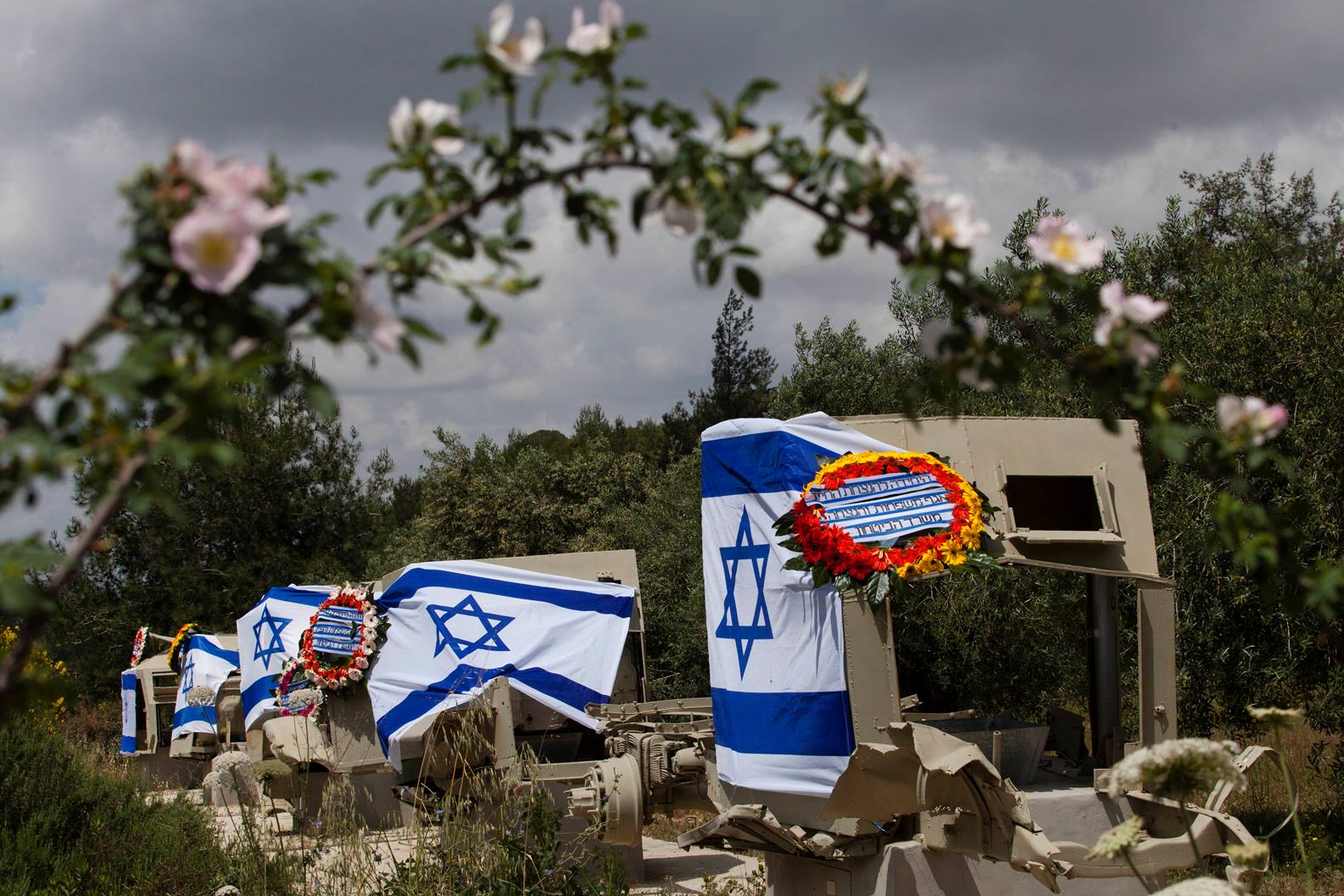
At this point you are still 300 meters above sea level, so it’s worth viewing the scenery from Sha’ar HaGai Lookout Point and other lookouts in the KKL-JNF’s Yitzhak Rabin Park covering 3,750 acres of Sha’ar HaGai. The park includes woodlands as well as historical and archeological sites, picnic areas and a marked hiking path.
SHA’AR HAGAI->ARMORED CORPS MUSEUM, LATRUN, 10.9 KM
Detour slightly southwest onto Route 3 from Highway 1 at the Latrun Junction to reach Yad LaShiryon, the Armored Corps Memorial and Museum. The site commemorates 4,965 fallen soldiers of the Armored Forces in Israel’s wars, and especially those of the armored division whose fierce battles at Latrun decided the fate of the War of Independence.
The outdoor area has 150 tanks that kids (and adults) are welcome to explore. The museum houses unique military exhibits and a nine-screen audiovisual show.
Yad LaShiryon is also the home of the Education Campus for Ethical Values and Nature and Tel Aviv University’s International Center for the Study of Bird Migration. Every migration season, 500 million birds fly over this strategic hilltop in the Ayalon Valley.
On the northeast spur of Route 3 at the Latrun Junction is the KKL-JNF Ayalon Canada Park, offering great hiking routes through points of interest including the Ayalon Springs, Maayanot Valley, Ayub Well, Date Palm Spring, Scenic Lookout Hill, Eked Antiquities, the Jordanian Burma Road, Emmaus Church, the Olive Tree Recreation Area and the remains of a Roman bathhouse and Crusader fortress.
LATRUN->ARIEL SHARON PARK/HIRIYA, 35.9 KM
Ariel Sharon Park between Highway 1 and Route 4 is one of the biggest environmental rehabilitation projects in the world. Built on top of a trash landfill active until 1999, the nearly 2,000-acre park boasts a network of hiking trails and bicycle paths along river banks and through shady groves. The park complex also includes Shalem Farm, old Bnei Brak, the Mikve Yisrael Agricultural School and Menachem Begin Park.
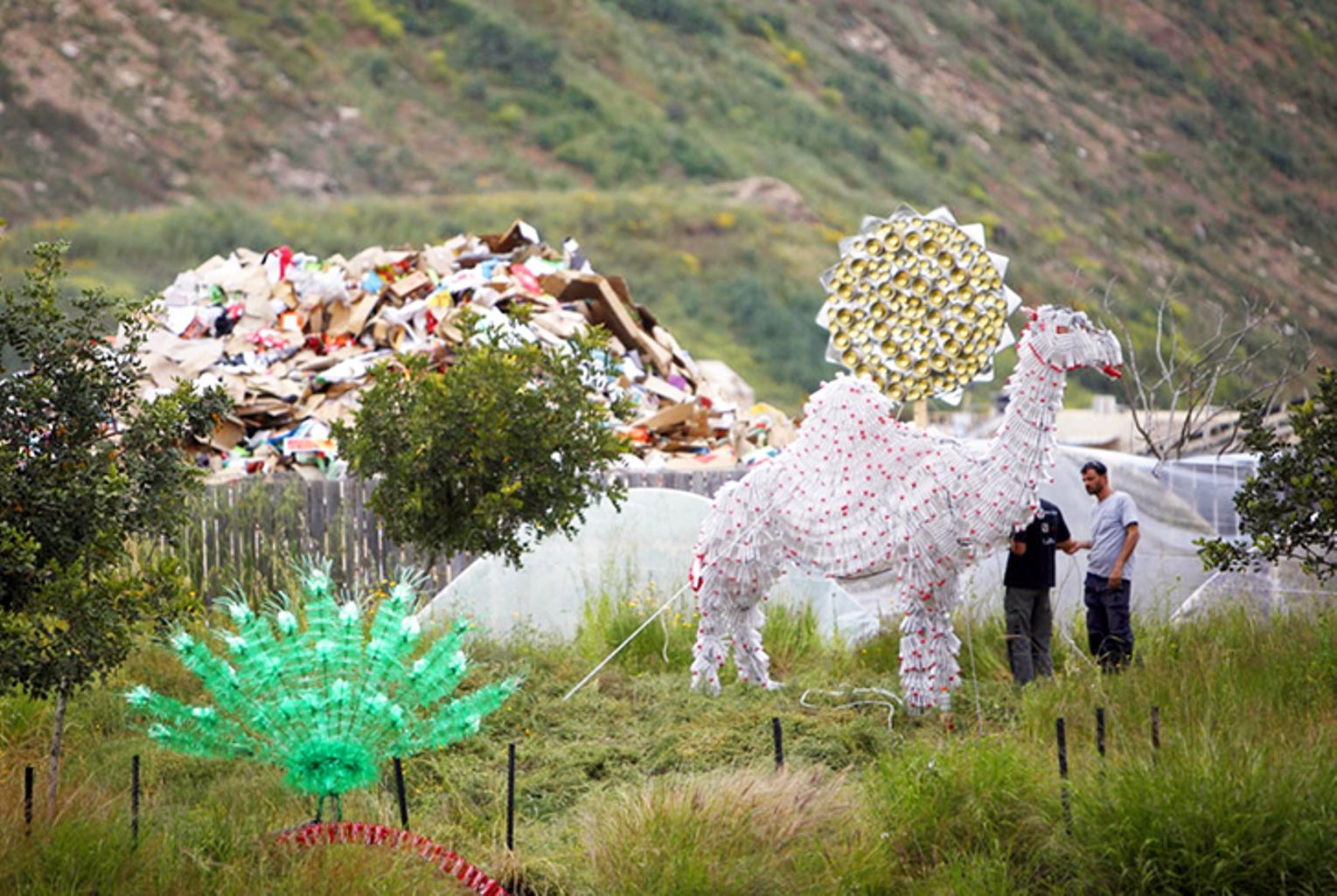
At the center peak of the park is Hiriya, which includes an interactive environmental/recycling center along with family picnic areas, a lake and lookout points affording views of the Mediterranean Sea and Tel Aviv skyline to the west and the Judean Hills to the east. One of the largest facilities of its kind in the world, Hiriya has facilities for producing bio-gas for a nearby textile factory and recycling plants for tires and building materials, among others. To arrange a group tour: 03-739-6633.
ARIEL SHARON PARK->TEL AVIV, 8 KM
Now that you have reached your destination, make sure to see our guide to 10 things you must do in Tel Aviv.




